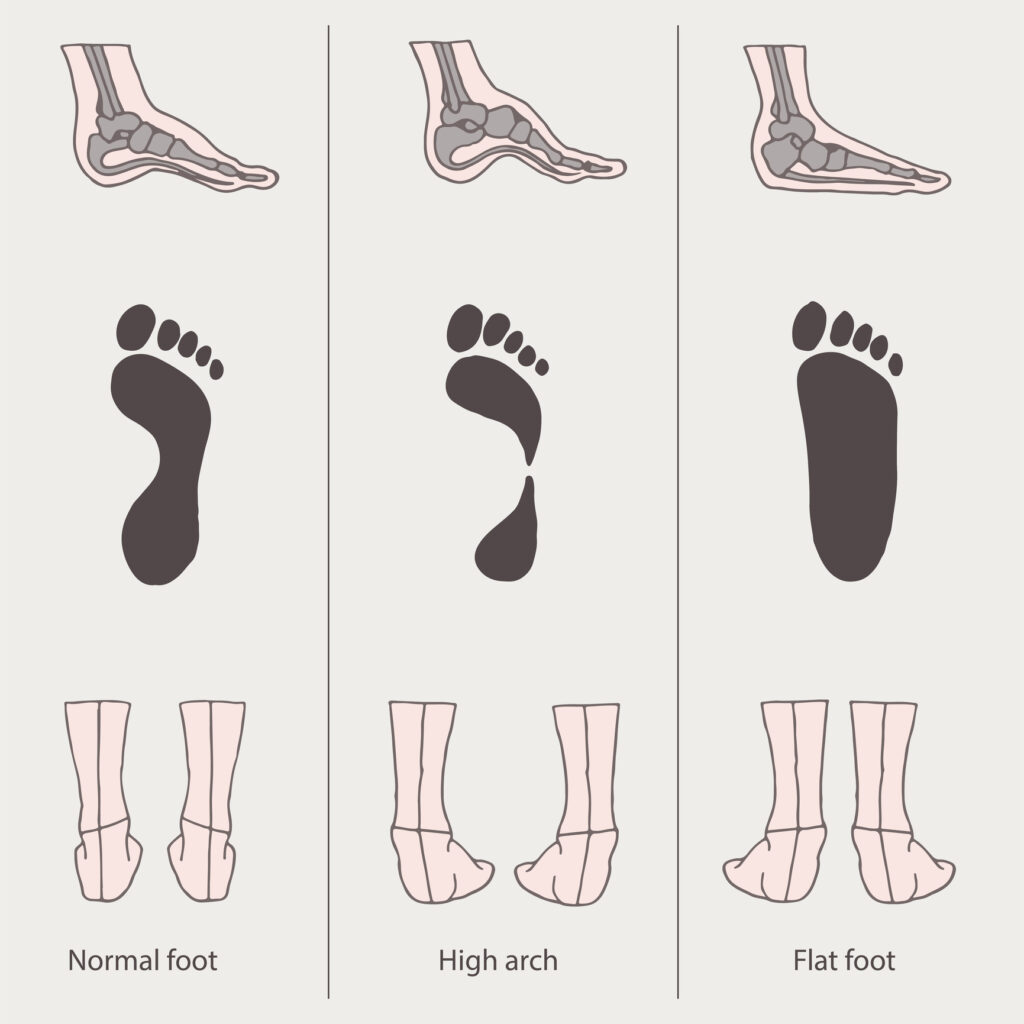
If you are new to running you will likely come across some running lingo you are not familiar with. I know that I struggled to read some articles and blogs and even had a hard time remembering what PR and PB stood for (I looked it up more times that I’d like to admit).
There are some unique terms and abbreviations used in the running community that may not be obvious to non-runners. These terms relate to races, gear, training, recovery and more. A better understanding of these running related words can help clarify information that other experienced runners take for granted.
Reading posts and watching or listening to podcasts and YouTube videos can be very motivating to start and continue running. You will likely hear or see some of the same terms appearing and have little idea what exactly is being referred to. That was my experience so I compiled the top 30 words that you may find helpful as well.
Race Related Terms
PB – Personal Best. This is usually used by runners in Canada and the United Kingdom. This is also can refer to a best performance in unofficially timed events.
PR – Personal Record. This is usually used by runners in the United States and often refers to fastest time in an actual race and/or officially timed race.
K – kilometer 1 K = 0.62 mile
5K – 3.1 miles
10K – 6.2 miles.
Half marathon – 13.1 miles which is exactly half the distance of a full marathon.
Marathon – 26.2 miles. Comes from the name of an ancient Greek city Marathon. Legend has it in 490 B.C. a soldier named Pheidippides ran from a battlefield near Marathon to Athens to bring news of the Greek victory over the Persians. Upon successfully completing his mission he collapsed and died from the exertion of the effort. The current distance of 26.2 miles was established in the 1924 Olympics.
DNF – Did Not Finish. This refers to dropping out of race. This is usually regarded by runners as worse than a bad time for a race.
DNS – Did Not Start. This usually occurs to registering, but not starting a scheduled race usually due an injury.
CR – Course Record. Each course has its unique terrain and features so referring to the course record tends to be a better way to compare current race times and paces of an event.
BQ – Boston Qualifier. The Boston Marathon tends to be the pinnacle of marathon races for many runners as there are strict qualifying times based on age to be eligible for entry.
Running shoe related terms
Trainers – Running sneakers; these are not normal sneakers, but very expensive special sneakers designed for runners. See my article here for more on why beginners need them and how to find the perfect pair.
Pronate – The rotation of the foot inwards as you walk or run. Some pronation is normal and helps with shock-absorption when the foot hits the ground.
Overpronate – The foot collapses too much upon landing as the arch is not giving enough support. Ones with low arches or flat feet tend to have this issue which predisposes one to injuries. Depending on the degree of overpronation, motion control and stability shoes are best to help prevent injury and give more arch support.
Supinate – The foot rolls outward when landing which is seen with people who have high arches. Higher arches are more rigid and prevents the foot from rolling and absorbing more impact. Individuals with this issue will likely need more cushioning in a shoe.
Neutral – Normal pronation of the foot

Training Related Terms
Fartlek – Swedish word that basically means speed play. They are done to vary the speed and intensity by alternating fast running bursts with slower recovery runs. They can be both structured and unstructured. Each plan may outline slightly different “rules. They are designed to teach the mind and body how to run at different gears and recover efficiently.
Interval training – Similar to fartlek, but the focus is on higher-intensity periods of running and full recovery that can include slow running, walking, or even standing. The purpose of the interval training is to teach the body to rid itself of lactic acid faster.
Threshold run – This is a run where the pace is at the point where lactate starts to accumulate, but the body can still clear it so the levels stay rather constant in the blood during the run.
Tempo run – These are runs done for a longer period of time at a pace just lower than lactate threshold. Some also refer to these as threshold runs while others define them slightly different.
LSD – Long Slow Distance. The longest run of the week is usually referred to as LSD as to prevent injury and build endurance.
3 Staple Runs in many training plans from the above terms
| 3 Runs | Purpose & Benefits | Description |
| Interval Run or Fartlek Run | 1-Improves running mechanics 2 -Increases ability to tolerate oxygen debt | Alternating between low intensity and high intensity running with majority of time spent in low intensity (think of a HIIT workout). These can be both structured or unstructured. |
| Tempo Run | 1- Builds cardio endurance 2 -Increases ability to maintain higher speeds for longer | These are also called threshold runs. This is the max speed you can run before lactic acid builds up faster than the body can clear it. |
| Long Run | 1- Builds cardio endurance 2 -Increase running efficiency 3-Strengthens body for running | This is the longest run of the week. Your fitness level and training plan will determine what is a long run for you |
Strava – popular running app that tracks time, pace, and distance. You can upload pics from your run and share your runs with others. These basic features are free, but there is an upgraded version.

Recovery Terms
Static Stretching – Traditional stretching that involves holding a stretch position for 20 -45 seconds.
Dynamic Stretching – Controlled movements that move muscles and ligaments through a range of motion. See my article here for more information on stretching
Recovery – It can refer to both active and passive activities. Passive recovery involves no movement. A more popular method to aid in recovery is active recovery. These are exercises or activities of lesser intensity than the workout just done.
Recovery Runs – Done by more advanced runners which are runs done at a much lower intensity than a normal run.
Calf Sleeves, compression sleeves, compression clothing – Tight fitting garments that promote circulation which can reduce pain, soreness, and even support running performance. For more on the benefits and when to wear them see my article here.
ITB – Iliotibial Band. Tendon on the outside of you leg running from your hip to the knee. ITB syndrome is a common ailment of runners due to it getting irritated or inflamed causing pain on the outside knee or hip area.
DOMS – Delayed Onset Muscle Soreness. Pain or soreness in the muscles a day or two after strenuous or unaccustomed exercise.
Cross training – Any exercise other than running to complement and enhance running performance.